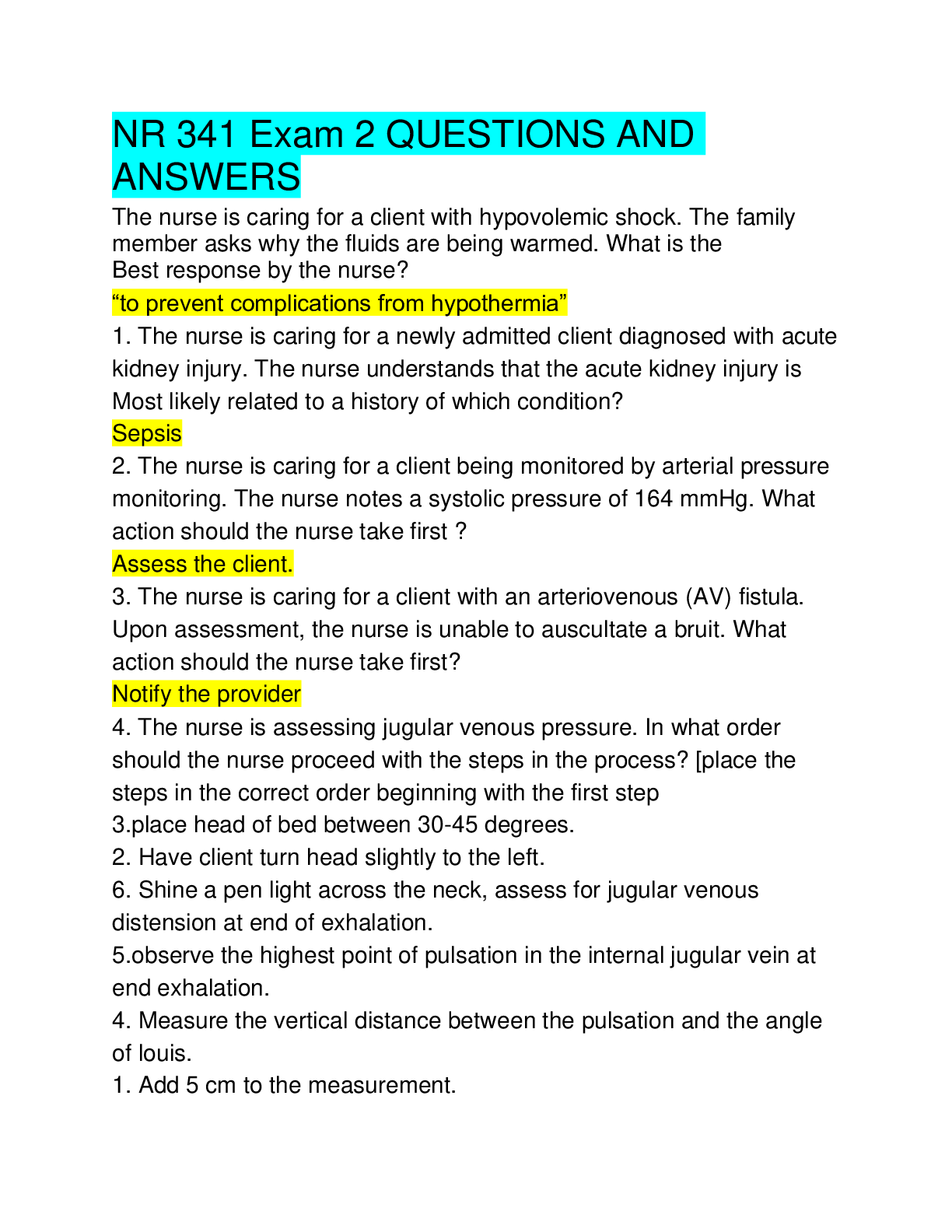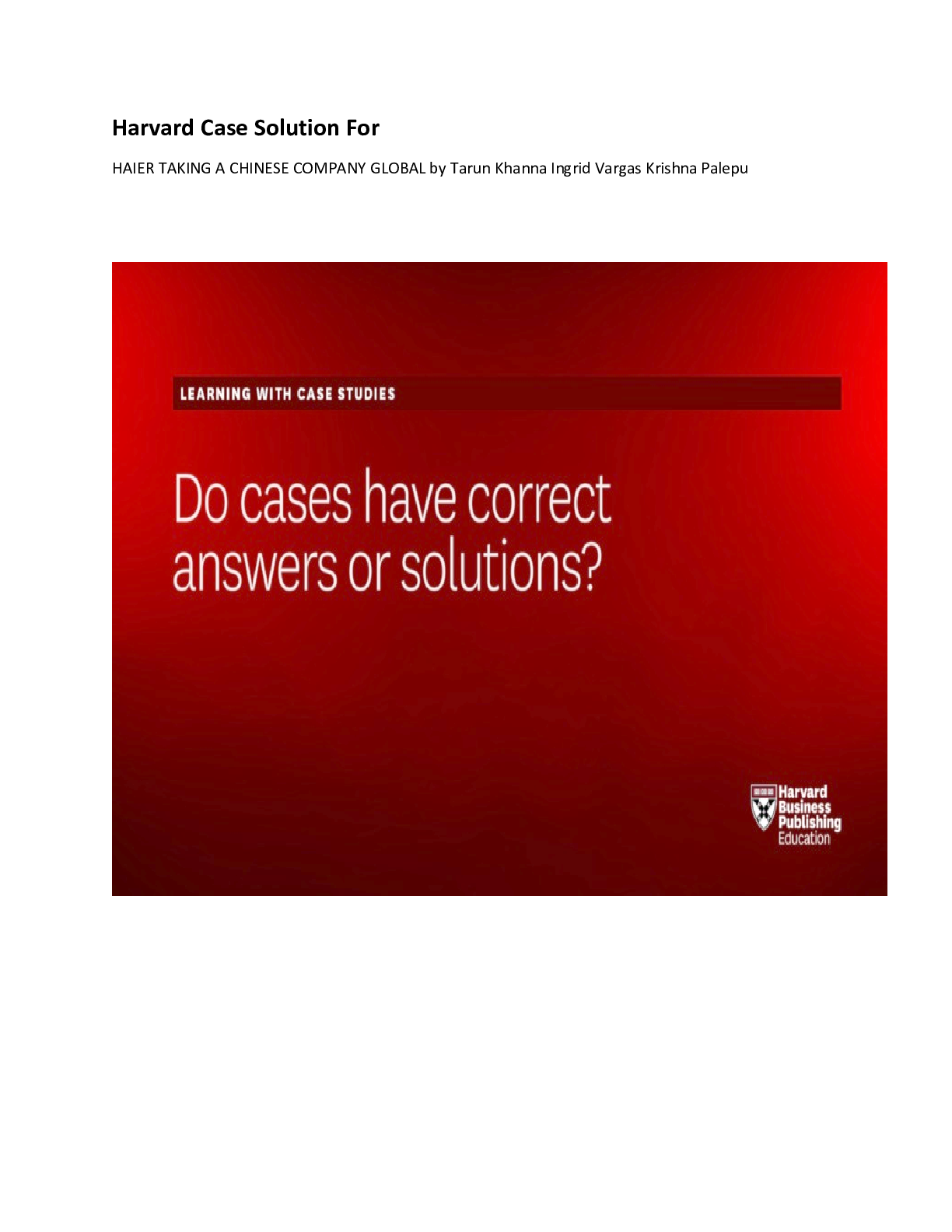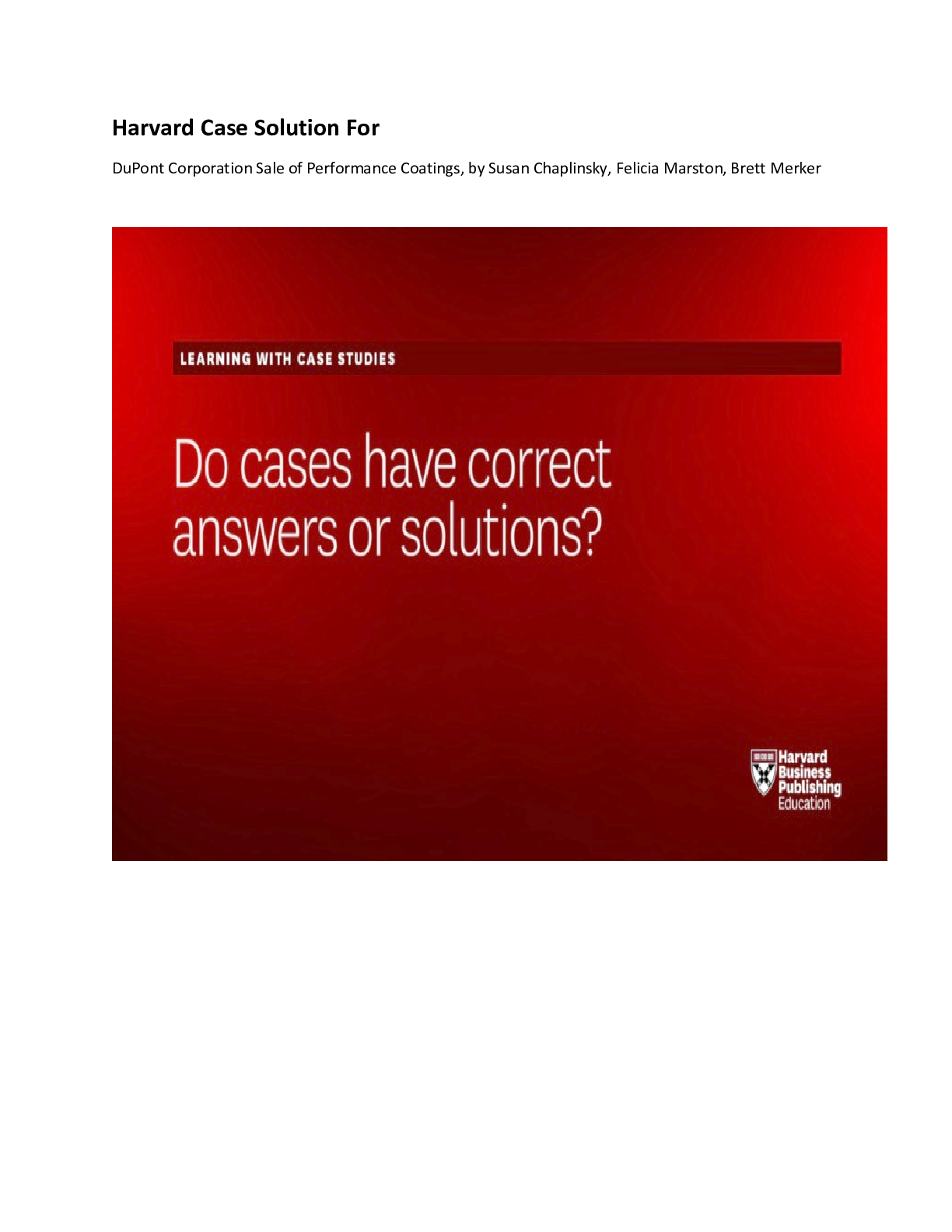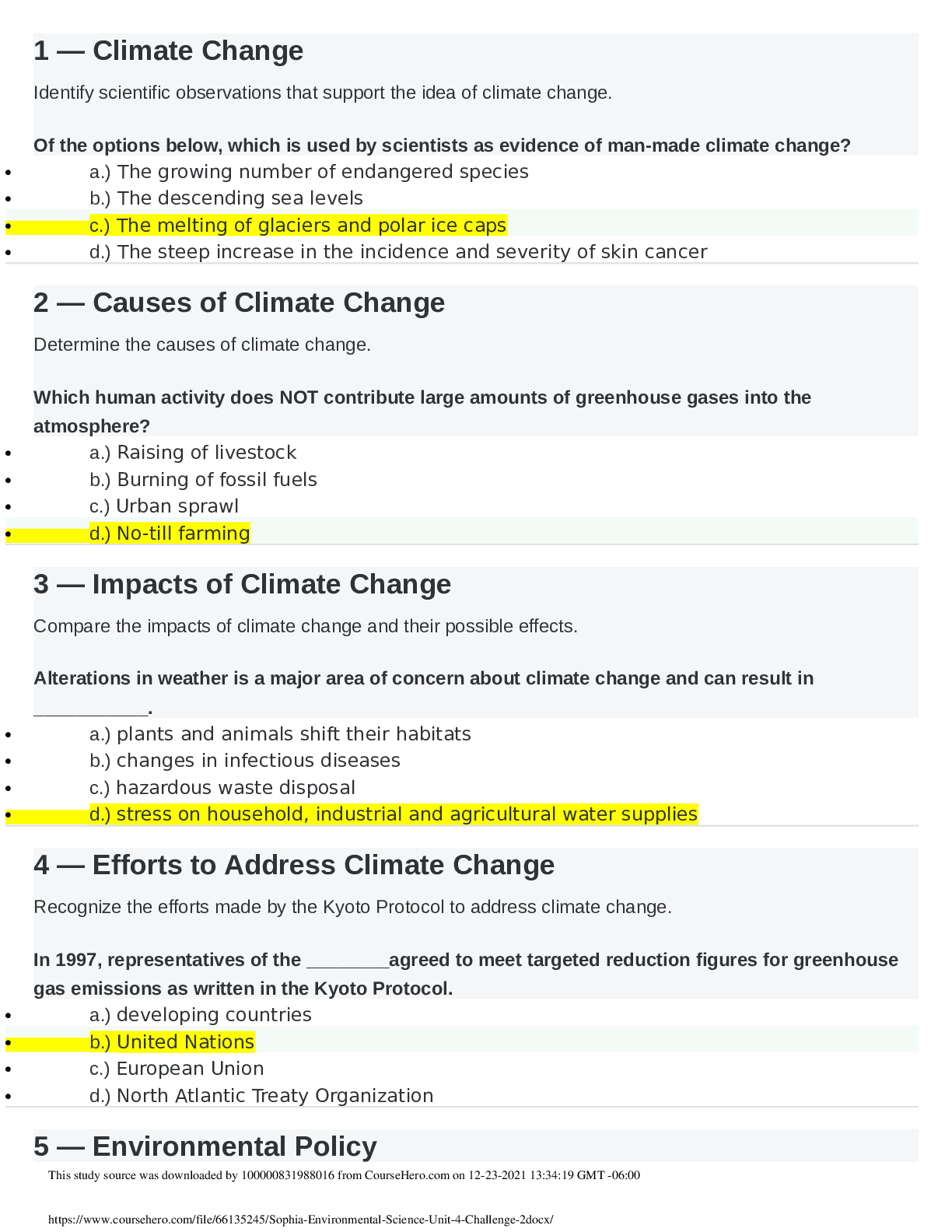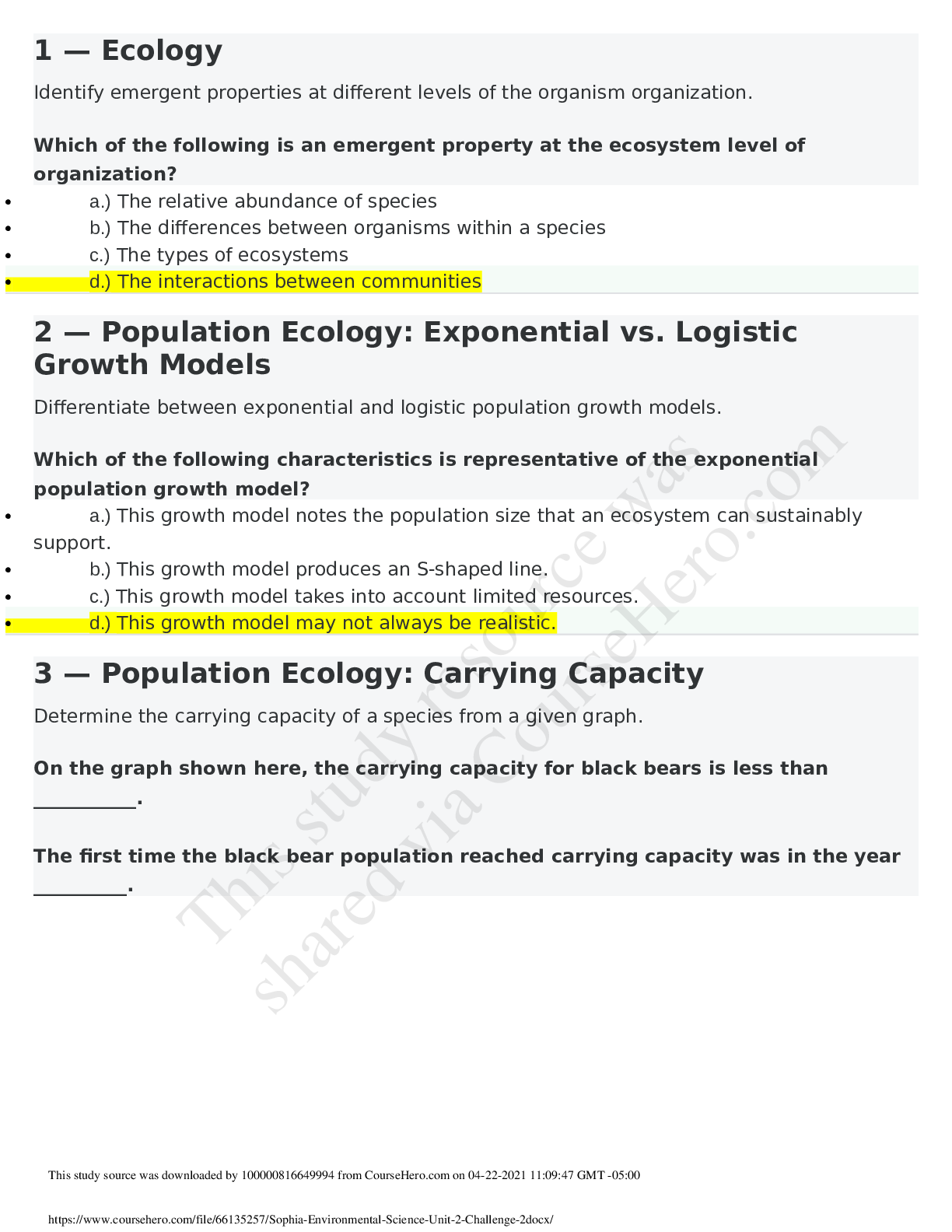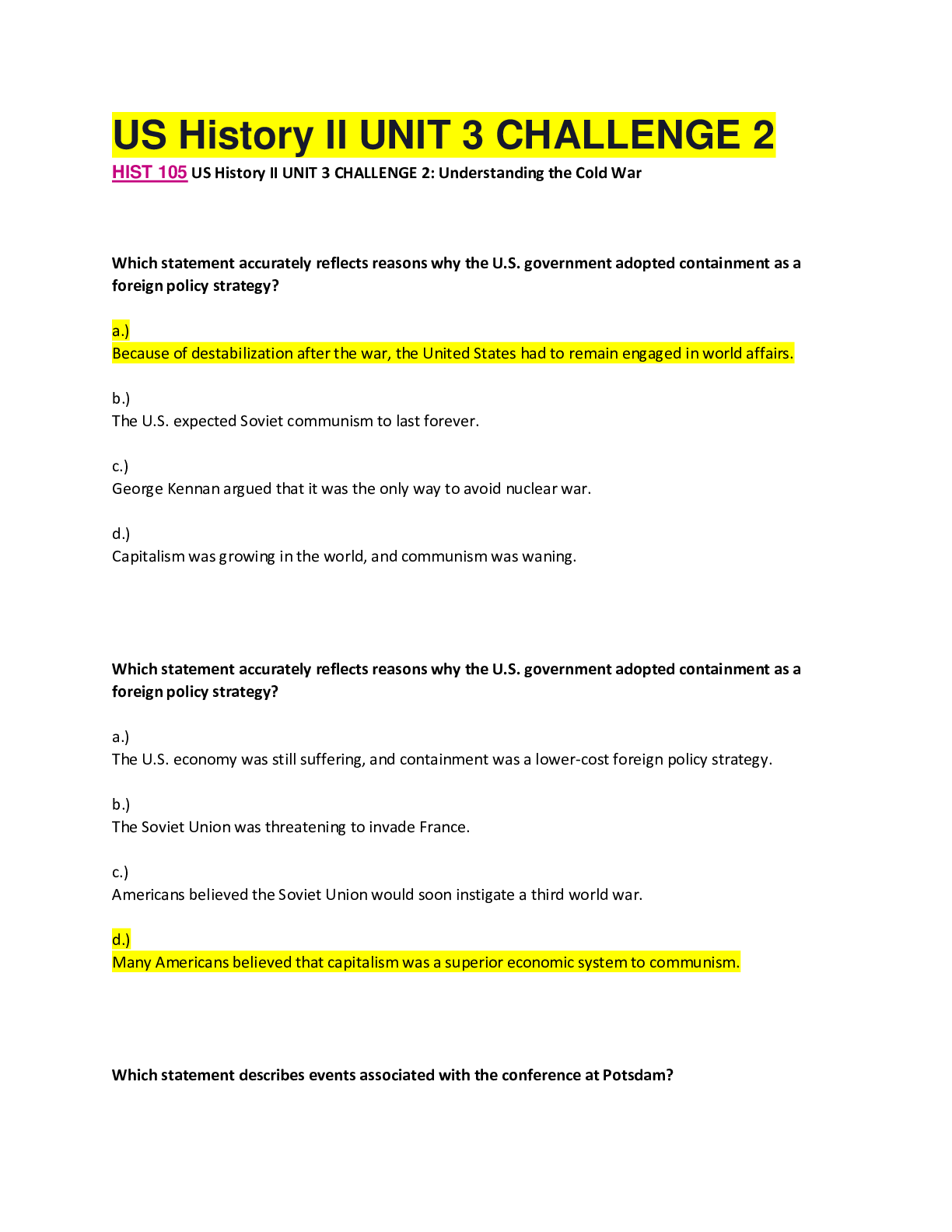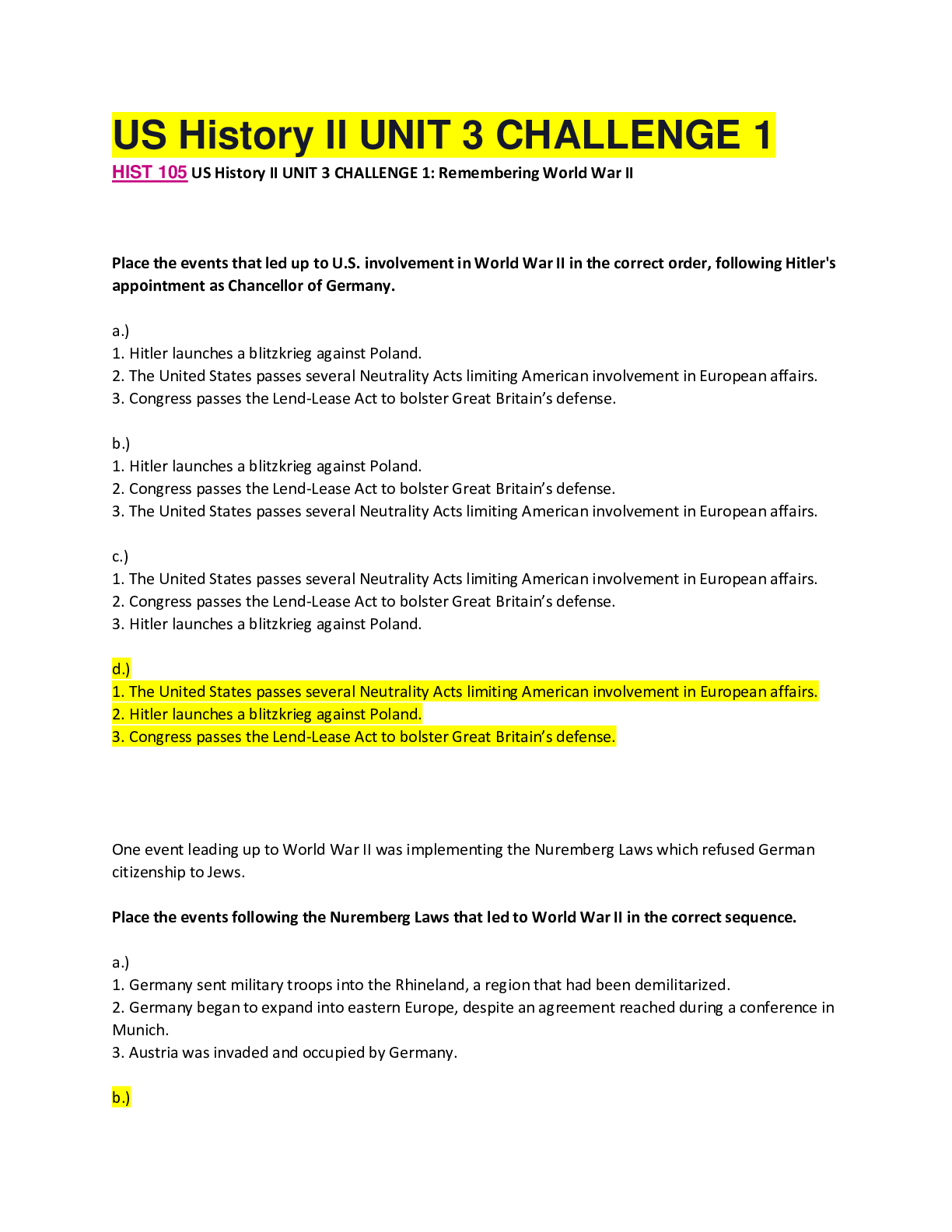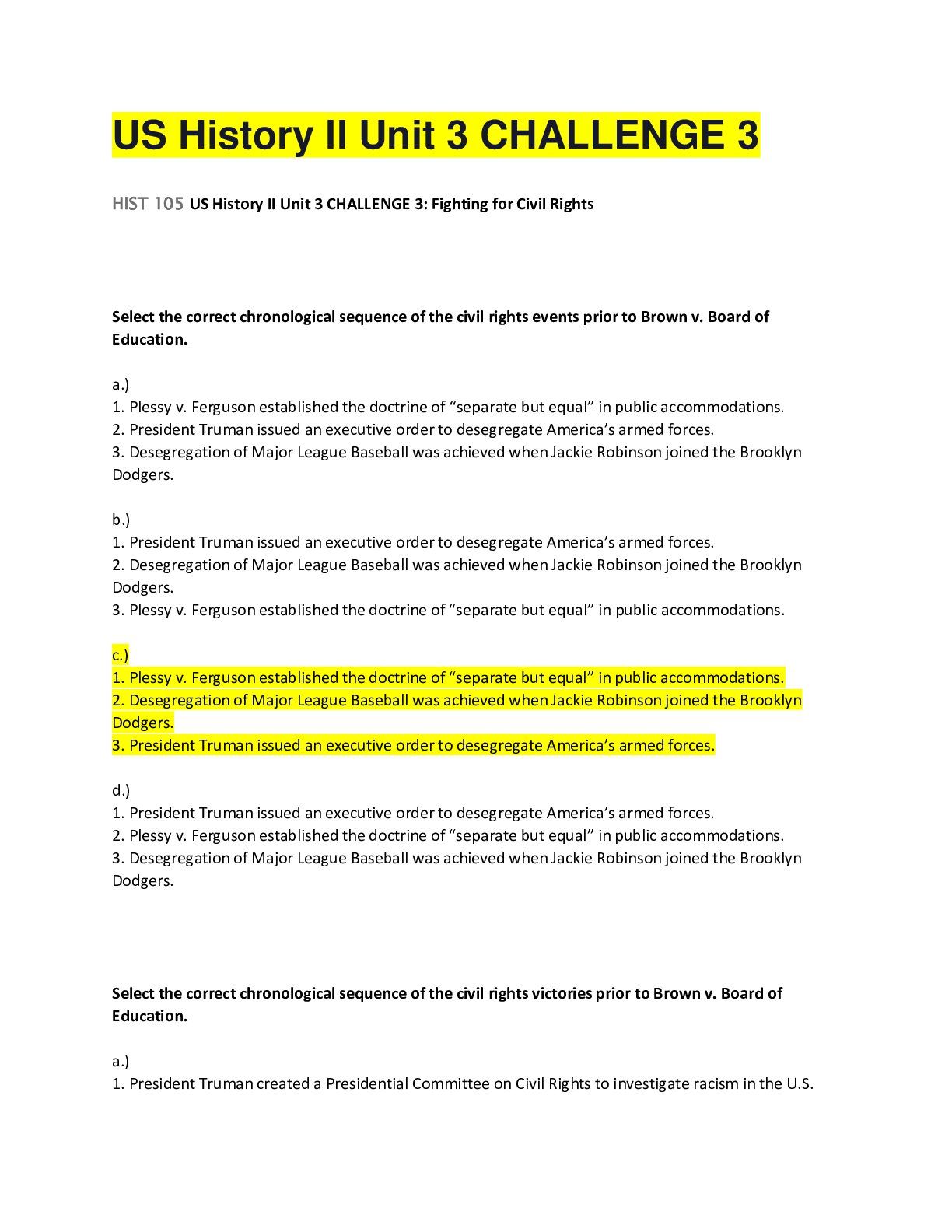Sophia - Environmental Science - Unit 3 Challenge 1 | COMLETE GUIDE
Document Content and Description Below
Sophia - Environmental Science - Unit 3 Challenge 1Sophia - Environmental Science - Unit 3 Challenge 1 1 — Human Population Growth Determine the amount of natural resources required for each perso... n to live. In the United States, the standard of living requires about five hectares per person. If every person on Earth required five hectares to live, we would need __________ to sustain the current population. • a.) five Earths • b.) four Earths • c.) two Earths • d.) three Earths 2 — Agriculture Practices: Plant Sources Identify key aspects of plant sources related to agriculture practices. Which three subsistence crops supply over 50% of human caloric needs worldwide? • a.) Wheat, corn and rice • b.) Barley, rice and corn • c.) Corn, rice and potatoes • d.) Rice, potatoes and wheat 3 — Agriculture Practices: Meat Sources Recognize the important characteristics of meat sources related to agriculture practices. Which of the following statements about meat as a food source for humans is FALSE? • a.) Examples of domesticated meat sources include cattle, pigs and chickens. • b.) Of the grain grown in the United States, 10% is used to feed animals. • c.) U.S. citizens eat almost 30 times as much meat as Indian citizens eat. • d.) Most meat is consumed in developed countries. 4 — World Nutrition: Factors Differentiate between the types of factors that affect world nutrition. War and costs that interfere and prevent the distribution of food are examples of __________ factors. • a.) political • b.) industrial • c.) technological • d.) environmental 5 — World Nutrition: Causes Determine the main causes of famine. Which of the following factors do NOT contribute to famine, or insufficient food supply in a specific area? • a.) Religious practices • b.) Floods or fires • c.) Geographic barriers • d.) Resource hoarding 6 — Agriculture Impacts: Agroecosystems Compare characteristics of agroecosystems to natural ecosystems. Agriculture has changed natural environments and ecosystems and created agroecosystems. Which of the following is a characteristic of an agroecosystem? • a.) Allows multiple species to exist • b.) Degrades water quality • c.) Promotes ecological succession • d.) Maintains soil quality 7 — Agriculture Impacts: Agricultural Practices Differentiate between the types of approaches to improve agricultural practices. Which of the following approaches is most likely associated with organic agricultural practices? • a.) Planting genetically modified seeds • b.) Practicing no-till farming • c.) Forming new topsoil • d.) Using natural pesticides and fertilizers 8 — Fertilizers and Pesticides: Impacts of Fertilizers Identify the positive and negative effects of fertilizers. Which of the following is a benefit of using fertilizers? • a.) Fertilizers produce a well-supplied water system for crops. • b.) Fertilizers wipe out undesirable organisms that ruin crops. • c.) Fertilizers add nutrients, like nitrogen, to the soil. • d.) Fertilizers help build crops that are resistant to bugs that are damaging. 9 — Fertilizers and Pesticides: Impacts of Pesticides Determine the impact on the environment from using pesticides. Which of the following is a negative impact on the environment by pesticide use? • a.) Constant pesticide use can significantly increase a farm's annual expenses. • b.) Pesticide use can contribute to a significant increase in crop yields. • c.) Pesticides can kill species that are native to the area, thereby reducing biodiversity. • d.) Pesticides kill insects that would otherwise destroy valuable crops. 10 — Solid Waste Identify the types of strategies for managing waste. Joan grinds tree branches onto mulch and mixes it with manure to feed her rose bushes. Which waste disposal method is Joan practicing? • a.) Compost • b.) Landfill • c.) Recycle • d.) Reuse 11 — Hazardous Waste Recognize the characteristics of a hazardous waste. Sulfuric acid slowly erodes the metal container holding it and leaks out. The hazardous waste characteristic of the acid in this example is __________. • a.) corrosivity • b.) reactivity • c.) ignitability • d.) toxicity [Show More]
Last updated: 2 years ago
Preview 1 out of 3 pages

Buy this document to get the full access instantly
Instant Download Access after purchase
Buy NowInstant download
We Accept:

Reviews( 0 )
$12.00
Can't find what you want? Try our AI powered Search
Document information
Connected school, study & course
About the document
Uploaded On
Jan 25, 2021
Number of pages
3
Written in
Additional information
This document has been written for:
Uploaded
Jan 25, 2021
Downloads
0
Views
59


